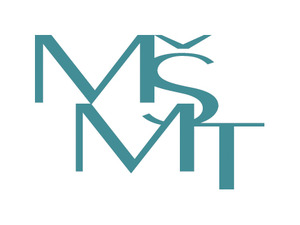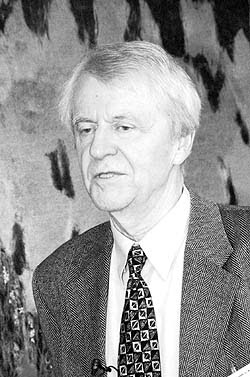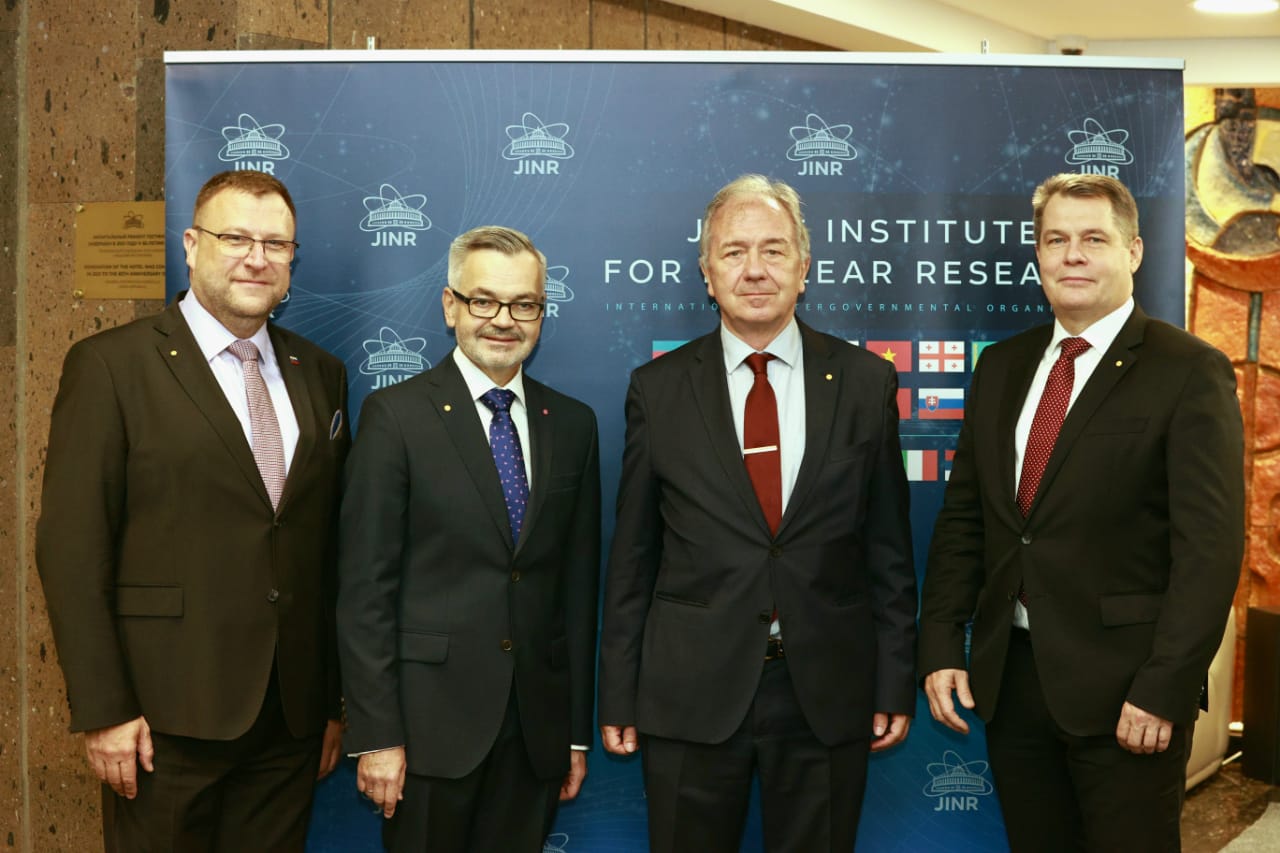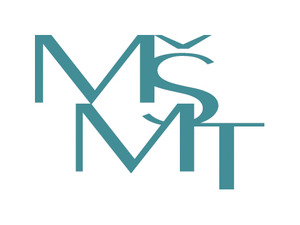Single-molecule localization microscopy as a promising tool for gamma H2AX/53BP1 foci exploration
Author
| Depes D. | Institute of Biophysics ASCR |
| Ježková Lucie, Ing., Ph.D. | Istitute of Chemical Technology Prague |
| Falková Iva, RNDr. Ph.D. | Institute of Biophysics ASCR |
| Falk Martin, RNDr. Ph.D. | Institute of Biophysics ASCR |
| et al. | different institutions |
Year
2018
Scientific journal
European Physical Journal D, 72 (9), 158
Web
Abstract
Quantification and structural studies of DNA double strand breaks (DSBs) are an essential part of radiobiology because DSBs represent the most serious damage introduced to the DNA molecule by ionizing radiation. Although standard immunofluorescence confocal microscopy has demonstrated its usefulness in a large number of research studies, it lacks the resolution required to separate individual, closely associated DSBs, which appear after cell exposure to high linear energy transfer (high-LET) radiation and can be visualized as clusters or streaks of radiation-induced repair foci (IRIFs). This prevents our deeper understanding of DSB induction and repair. Recent breakthroughs in super-resolution light microscopy, such as the development of single-molecule localization microscopy (SMLM), offer an optical resolution of approximately an order of magnitude better than that of standard confocal microscopy and open new horizons in radiobiological research. Unlike electron microscopy, SMLM (also referred to as "nanoscopy") preserves the natural structure of biological samples and is not limited to very thin sample slices. Importantly, SMLM not only offers a resolution on the order of approximately 10 nm, but it also provides entirely new information on the biochemistry and spatio-temporal organization of DSBs and DSB repair at the molecular level. Nevertheless, it is still challenging to correctly interpret these often surprising nanoscopy results. In the present article, we describe our first attempts to use SMLM to explore gamma H2AX and 53BP1 repair foci induced with (15)N high-LET particles.
Cite article as:
D. Depes, L. Ježková , I. Falková, M. Falk, . et al., "Single-molecule localization microscopy as a promising tool for gamma H2AX/53BP1 foci exploration", European Physical Journal D, 72 (9), 158 (2018)


 MINISTR ŠKOLSTVÍ KE SPOLUPRÁCI ČR S SÚJV
MINISTR ŠKOLSTVÍ KE SPOLUPRÁCI ČR S SÚJV INTEREST JINR, Wave 6
INTEREST JINR, Wave 6 The passing of Ivo Zvára
The passing of Ivo Zvára Call for the projects solved in collaboration with JINR (Projects 3+3)
Call for the projects solved in collaboration with JINR (Projects 3+3)  Call for the Grants of the Plenipotentiary of the Government of the Czech Republic in JINR
Call for the Grants of the Plenipotentiary of the Government of the Czech Republic in JINR Czech Ambassador in Russia visited JINR
Czech Ambassador in Russia visited JINR INTEREST JINR, Wave 5
INTEREST JINR, Wave 5 Russia Visa Centre
Russia Visa Centre Working Stays CR - JINR 2022
Working Stays CR - JINR 2022